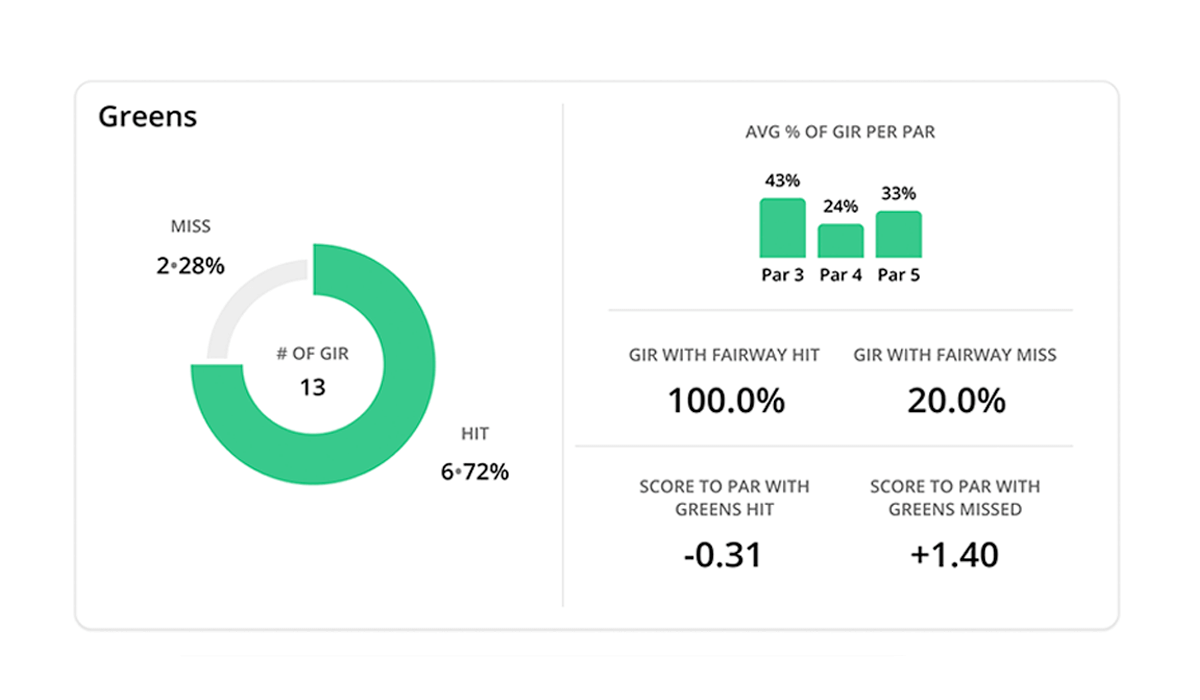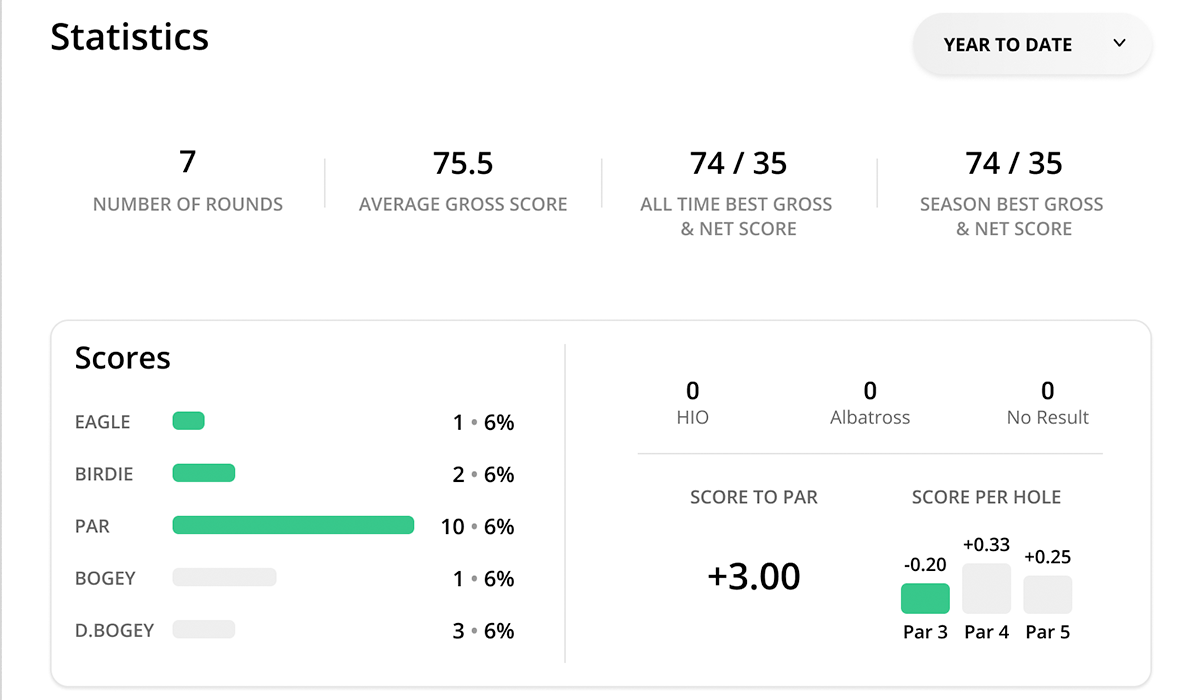Clothes
How to Pack Smart for a Golf Holiday
Explore 33,000+ golf courses in 180 countries.
Follow the latest news and trends in golf.
Connect with like-minded golfers.
Find everything you need for your golf equipment and gear needs.
Travel, golf resorts, lifestyle, gear, tour highlights and technology.
All Square
Suggestions
Clothes
How to Pack Smart for a Golf Holiday
Course Reviews
Weekend Golf Escapes by Car from Luxembourg
Course Reviews
Best Clubhouse Restaurants in Europe
Course Reviews
Your Top Destinations For a Last-Minute Christmas Golf Getaway in Europe
Clubs
Hideki Matsuyama WITB Behind His 2025 Hero World Challenge Victory
Amateur Golf
Europe’s Best Pro-Am Golf Events for Amateurs
Course Reviews
Top 10 Par‑3s You’ll Never Forget
Course Reviews
The Architects Behind Europe’s Most Iconic Courses
Destinations
Europe’s Best Resorts for Couples
Contests
The Skins Game: Results & Overview
Community
Rewilding the Rough: Nature-First Golf Design
Course Reviews
The History Behind the Ryder Cup Courses
Abu Dhabi HSBC Championship
Aaron Rai’s Winning WITB at Abu Dhabi HSBC Championship
Course Reviews
The Best Golf Courses Near Pinehurst That Aren’t Pinehurst No. 2
Course Reviews
The Els Club Vilamoura: Golfing Grandeur in the Algarve
Majors
PGA Tour 2026: Season Overview
Destinations
How to Build the Perfect Golf & Wine Vacation in Spain

Recording your key stats will keep track of your performance as a golfer and is a proven way of reducing your handicap. But which ones should you record?
Studies have shown that golfers who track key statistics over a year see on average up to a three shot drop in their handicap compared to golfers who don’t.
Your golf statistics are different to your Handicap Index which is an indicator of your overall ability level, taking into consideration the course difficulty and your skill level based on previous scores to give you a net handicap rating.
While professional players on the PGA and European Tours keep all sorts of detailed statistics, for amateur players there are three key ones to record: fairways in regulation, greens in regulation, and putts per greens in regulation. Two additional statistics are also useful indicators about your skill level: scrambling percentage and sand save percentage.
Hitting a fairway in regulation is when your golf ball remains on the fairway when it stops. A fairway in regulation is not recorded when your ball lands on the fairway and then rolls off. All Par 4’s and Par 5’s have this statistic, while Par 3’s don’t. This is an indicator about your game off the tee, particularly with your driver, woods and longer irons.

Hitting a green in regulation is when you land your ball on the green within the required number of strokes. On a Par 3, you should land on the green with your tee shot. On a Par 4, you should land on the green with your second shot. On a Par 5, you should hit the green with your third stroke. This is a useful indicator about your approach play level with long irons and rescue clubs, right through to wedges.

Different to overall putts per round, this golf statistic only records your number of putts when you have reached the green in regulation. Your putts per green in regulation should always be 2 or below. A number greater than 2 means that you have a tendency to 3-putt, which is to be avoided! This is an indicator of your putting accuracy.
This is the total successful up and downs you made (a stroke off the green followed by a successful putt) divided by the total up and down opportunities you had. This statistic is a general indicator of your short game ability.
This is the same as the scrambling percentage statistic, but it is exclusive to up and down opportunities from bunkers only. This statistic is an indicator of your bunker game ability.

Armed with these key statistics, you will have more knowledge about which specific areas of your game you need to work on most to lower your handicap, whether you are out on the course or practising on the range.